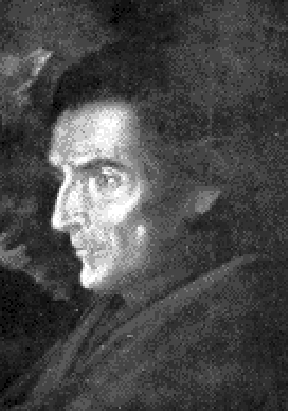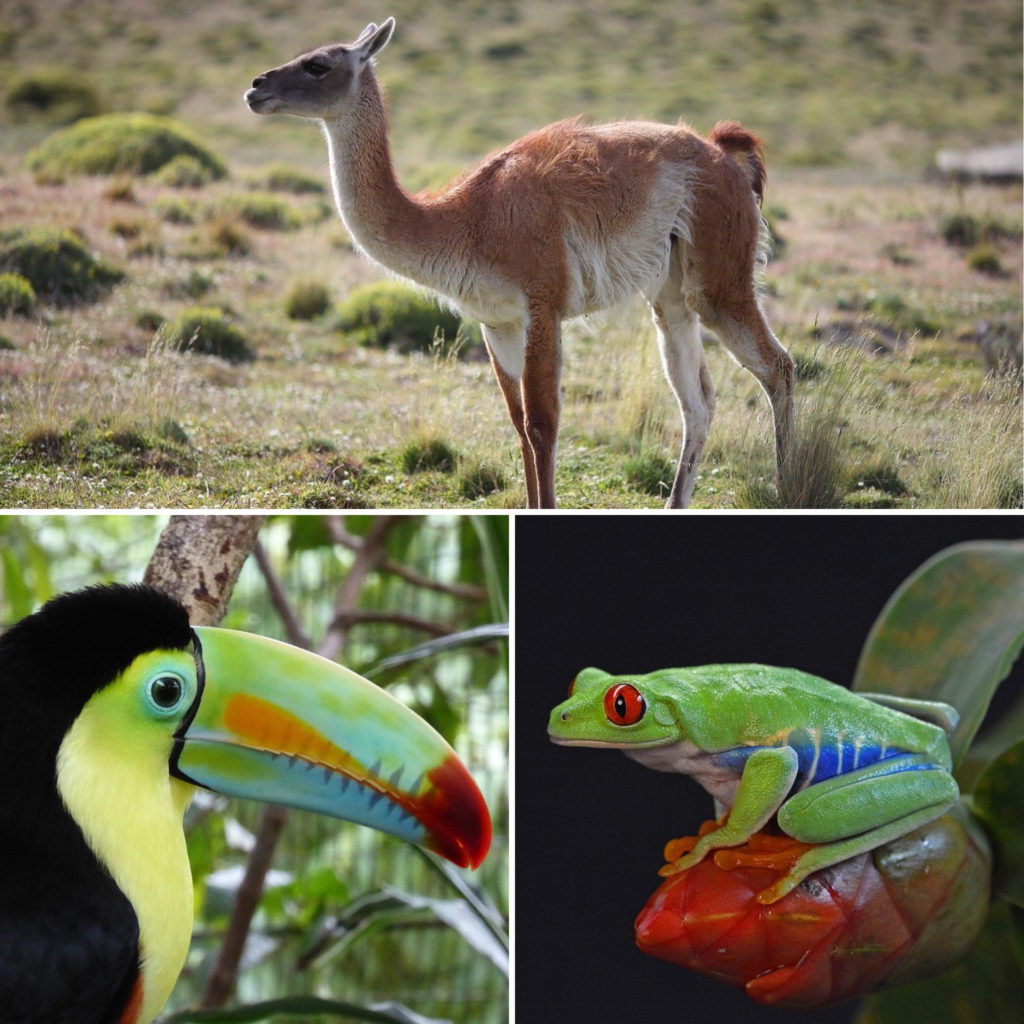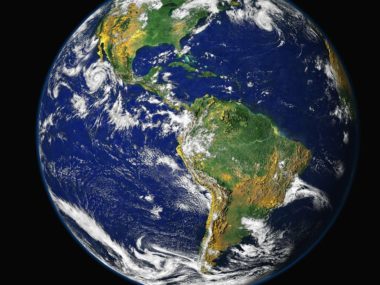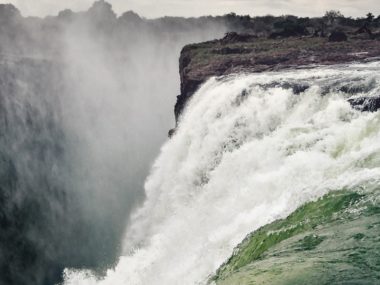Christian Europe experienced a series of huge upheavals during the 1500s. The century began shortly after Christopher Columbus initiated the age of exploration, and Europeans discovered that they hardly knew anything about the larger world. Martin Luther sparked the Protestant Reformation and challenged people to reexamine their beliefs about the Bible, theology, and the authority of the Catholic Church. In 1543, two books appeared that would start a revolution in the world of “natural philosophy,” what we now call science. Copernicus’ On the Revolutions of the Heavenly Spheres, the more famous of the two, suggested that the earth might actually orbit the sun, instead of the other way around. Vesalius’ On the Fabric of the Human Body inspired doctors and their students to question ancient authorities and to check things out for themselves.
The following article is an excerpt from The Quest: Exploring Creation’s Hardest Problems, Ch. 1, pgs. 12-14. The views expressed reflect those of the author, and not necessarily those of New Creation.

In the midst of these revolutions, Acosta began his work in Peru in 1572, when he was just 32 years old. In his homeland of Spain, Acosta learned the scholastic disciplines of philosophy and theology, but this learning sometimes clashed with what he himself experienced traveling around Central and South America. His 1590 book Historia Natural y Moral de las Indias described the many surprises he found in the “New World.”1
Acosta’s book opens by discussing the structure of the world, explaining that the “antipodes” (what we call the southern Science, Faith, and Acosta’s Quest hemisphere) were not much different from Europe. Many years earlier, classical philosophers had wondered what the world was like on the opposite side. They had a very simple concept of what we think of as gravity. If things fall “down,” then anything on the opposite side of the earth would just fall off, right? Acosta reported that this was not at all correct. Things south of the equator fell to the ground just like they do north of the equator. Other ancient authors believed that the equator was so hot that it was uninhabitable and impassible. Acosta reported that the equator was surprisingly mild!
Because he lived at the very beginning of the scientific revolution, Acosta wasn’t burdened with the science vs. faith wars that would start just a few decades after he published his book. He could look at a whole world’s worth of discoveries with fresh eyes. When he observed things that the ancients thought were impossible, he corrected them, but there were other ancient teachings that still framed his way of thinking. The Bible in particular created some hard boundaries beyond which he was not willing to speculate.
When he observed animals found only in Central or South America but not in other parts of the world, Acosta wondered how they got there. He entertained the idea that God might have created them there (which is the easiest “explanation” for anything: God just made it that way), but he didn’t think that was right. Why?
For if the Creator produced them there, we need not have recourse to Noah’s Ark, nor was it necessary to save all the species of birds and animals at that time if they were going to be created again later.2
– José de Acosta
In other words, the story of Noah and the ark wouldn’t make any sense if God intended to recreate animals after the flood. Why bother preserving animals and people in an elaborate wooden boat if God just re-created animals after the flood?3

This question of unique animals and birds in South America perplexed Acosta for a long time, by his own admission. He specifically mentioned the guanacos, an animal like a llama that is native to Peru, but he also said that he could list thousands of animals that were common in Peru but totally unknown anywhere else in the world. Where did these animals come from?
Acosta wrote that it might be possible to classify the animals of Peru in the same species as the animals of Europe, Asia, or Africa. He recognized that human beings were diverse, and maybe the animals of Peru were diverse versions of species that were already known. He didn’t really like this idea though because the differences were so great. As he wrote, “…to try to reduce them to species known in Europe would be like calling an egg a chestnut.”4
All of this reasoning left Acosta with a basic outline of natural history: The animals of South America descended from ancestors of the same kind that survived the flood on Noah’s ark. Since the ark landed in the Middle East, that meant that the ancestors of the unique Peruvian animals must have traveled to Peru from the landing place of the ark. How was that possible? After all, Acosta knew exactly what kind of a voyage that was, having crossed the Atlantic on a sailing vessel himself. How could animals get to Peru?
Acosta considered three scenarios to explain the presence of animals in South America. First, he speculated that people might have brought them. For some animals, that made sense. It was easy to imagine early people traveling with their livestock, but why would anyone want to deliberately transport animals that would eat their livestock, like wolves? As Acosta wrote, “it is laughable even to imagine it.”5

So if animals didn’t swim to South America, and they weren’t carried by people, how did they get there? Acosta concluded that they must have walked. This is what he is chiefly remembered for: Acosta is one of the earliest writers who predicted that there must have been a land connection between the old world of Eurasia and the new world of the Americas. He had no way of knowing at the time, but his conjecture has become the accepted model to explain how the Americas became populated, at least by people. People walked across the Bering Strait from Siberia to Alaska during a time of low sea levels when the current sea floor was dry land.
Footnotes
- There is an excellent modern English translation from Duke University Press: de Acosta, José. 2002. Natural and Moral History of the Indies. Translated by Frances López-Morillas.
Durham, NC: Duke University Press. ↩︎ - Acosta 2002, p. 235. ↩︎
- There’s another possibility that is popular in modern thought: The flood wasn’t truly global, and it never actually killed the animals of the Americas. That did not seem to have occurred to Acosta though. ↩︎
- Acosta 2002, p. 236. ↩︎
- Acosta 2002, p. 62. ↩︎
The author, Dr. Todd Wood, has graciously granted New Creation permission to publish selected sections from The Quest: Exploring Creation’s Hardest Problems. To purchase a copy, please visit our online store.












yes creatures crossed to the americas and at low levels. yet it was right after the flood and in a tropical heat. It is true the “ice age’ lowered waters later but thats just a aside. the people likely came along the coast and possibly did not need lower water levels. they possibly came after the ice had melted. Say about 1700BC.
Science models show that the moon was created by two planetary bodies had collided. The earth before the flood could have absorbed the impact better I’m thinking. Could explain mammals and reptile differences? If our planet is actually the result of two different planets full of life. Thus the continental drift maybe happened post-flood. I don’t trust geologic dating. Just a theory though based on pieces put together.
Man asks Alien where he came from. Alien says from you. Man asks where did we come from, Alien says from us.
They both ask where did creation come from? God says, I am. Something came from nothing takes more faith then I’ve got. Only God fits the answers.
The bible speaks of a time after the flood, during the time of Peleg when “the earth was divided”, Genesis 10:25 and Chronicles 1:19. Could this be a reference to the Pangaea?
This has helped with my studies on the fall of the Tower of Babel and who my relatives the Native Americans really are and why Hitler flew our peace sign and the queen of England sold slaves to the Mormons and freemasons.
Are the geological or the Protestant Reformation upheavals still echoing? Are people attached to scientific theories as Darwin’s, or a non-Christian as Constantine? I appreciate expanding thoughts.